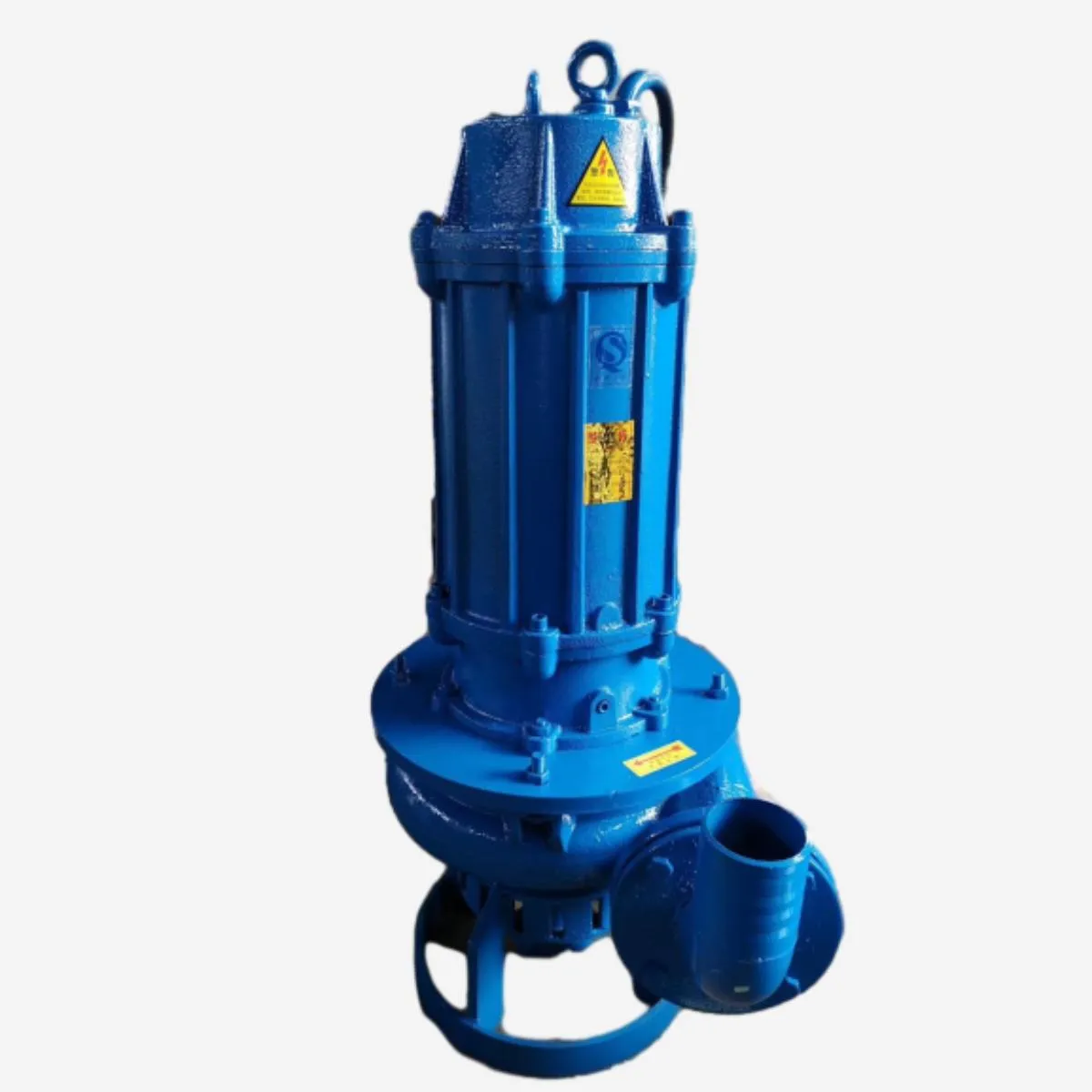Swedish
- Afrikaans
- Albanian
- Amharic
- Arabic
- Armenian
- Azerbaijani
- Basque
- Belarusian
- Bengali
- Bosnian
- Bulgarian
- Catalan
- Cebuano
- Corsican
- Croatian
- Czech
- Danish
- Dutch
- English
- Esperanto
- Estonian
- Finnish
- French
- Frisian
- Galician
- Georgian
- German
- Greek
- Gujarati
- Haitian Creole
- hausa
- hawaiian
- Hebrew
- Hindi
- Miao
- Hungarian
- Icelandic
- igbo
- Indonesian
- irish
- Italian
- Japanese
- Javanese
- Kannada
- kazakh
- Khmer
- Rwandese
- Korean
- Kurdish
- Kyrgyz
- Lao
- Latin
- Latvian
- Lithuanian
- Luxembourgish
- Macedonian
- Malgashi
- Malay
- Malayalam
- Maltese
- Maori
- Marathi
- Mongolian
- Myanmar
- Nepali
- Norwegian
- Norwegian
- Occitan
- Pashto
- Persian
- Polish
- Portuguese
- Punjabi
- Romanian
- Russian
- Samoan
- Scottish Gaelic
- Serbian
- Sesotho
- Shona
- Sindhi
- Sinhala
- Slovak
- Slovenian
- Somali
- Spanish
- Sundanese
- Swahili
- Swedish
- Tagalog
- Tajik
- Tamil
- Tatar
- Telugu
- Thai
- Turkish
- Turkmen
- Ukrainian
- Urdu
- Uighur
- Uzbek
- Vietnamese
- Welsh
- Bantu
- Yiddish
- Yoruba
- Zulu
Telephone: +86 13120555503
Email: frank@cypump.com
sep . 06, 2024 17:23 Back to list
Comparison Between Axial and Mixed Flow Pumps for Water Applications
Comparison Between Axial and Mixed Flow Pumps for Water Applications
When it comes to moving water effectively in various applications, two prominent types of pumps are often considered axial flow pumps and mixed flow pumps. Each type has its unique design and operational characteristics, making them suitable for different scenarios. Understanding the differences between these pumps is essential for selecting the right one for specific applications.
Axial Flow Pumps primarily rely on an impeller that drives the fluid in a direction parallel to the pump shaft. These pumps are characterized by their ability to handle large flow rates at relatively low heads. Their design generally includes a long, cylindrical casing, which minimizes resistance to flow, allowing for efficient water movement. Axial flow pumps are particularly advantageous in applications such as irrigation, flood control, and industrial processes where high flow rates are needed.
On the other hand, Mixed Flow Pumps combine features of both axial and centrifugal pumps. The design allows the fluid to be pushed through the pump at an angle, blending both vertical and radial flow components. This dual action enables mixed flow pumps to handle moderate to high flow rates and medium heads efficiently. They strike a balance between the high capacity of axial pumps and the higher head capability of centrifugal pumps, making them versatile for applications such as water supply, drainage, and wastewater management.
comparison between axial and mixed flow pumps for water ...

One of the critical factors to consider when comparing these pumps is their efficiency and performance characteristics. Axial flow pumps typically operate more efficiently at larger flow rates but may suffer from cavitation issues if not properly matched to the system requirements. Conversely, mixed flow pumps often exhibit more stable performance over a broader range of operating conditions, making them less susceptible to cavitation and allowing for better performance in fluctuating flow scenarios.
The selection between an axial flow pump and a mixed flow pump ultimately depends on specific application needs. For instance, if an application demands exceptionally high flow rates with low pressure, an axial flow pump may be the best choice. However, if the project requires a compromise between flow rate and head, a mixed flow pump may serve better due to its versatility.
In summary, both axial and mixed flow pumps have distinct advantages and limitations. Understanding these differences aids engineers and designers in selecting the most appropriate pump for their water management needs, ensuring efficient operation and optimal performance in various environmental conditions. Choosing the right pump not only influences the effectiveness of water transfer but also impacts energy consumption and operational costs, thus highlighting the importance of informed decision-making in pump selection.
-
ISG Series Vertical Pipeline Pump - Chi Yuan Pumps Co., LTD.|High Efficiency, Energy Saving, Low Noise
NewsJul.30,2025
-
ISG Series Vertical Pipeline Pump- Chi Yuan Pumps|High Efficiency&Low Noise
NewsJul.30,2025
-
ISG Series Vertical Pipeline Pump-Chi Yuan Pumps Co., LTD.|High Efficiency&Energy Conservation
NewsJul.30,2025
-
ISG Series Vertical Pipeline Pump - Chi Yuan Pumps Co., LTD.|Advanced Hydraulic Design&Energy-Efficient Solutions
NewsJul.30,2025
-
ISG Series Vertical Pipeline Pump - Chi Yuan Pumps Co., LTD.
NewsJul.30,2025
-
ISG Series Vertical Pipeline Pump - Chi Yuan Pumps Co., LTD.|energy-efficient fluid handling&industrial durability
NewsJul.30,2025










